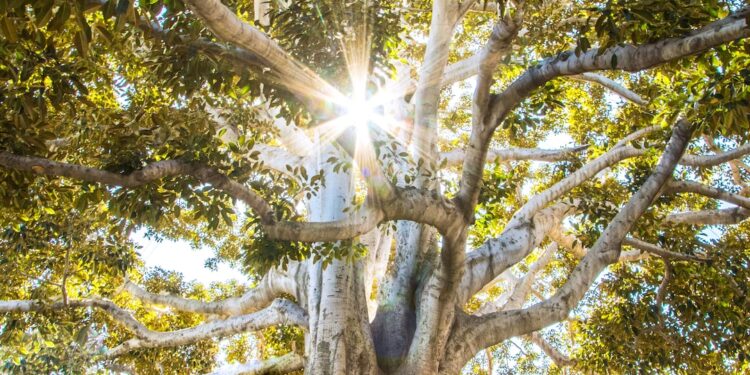Creating Stunning Black and White Photography: Tips and Tricks
Black and white photography has a timeless and classic appeal. Stripping away colors allows the viewer to focus on the composition, texture, and contrast of the image. When it comes to landscape photography, black and white can add an incredible depth and sense of drama to the scene. In this article, we will explore some tips and tricks to help you create stunning black and white landscape photography.
1. Understand Your Light: Lighting plays a crucial role in any form of photography, and black and white landscape photography is no exception. Pay attention to the quality of light, as it can greatly affect the contrast and mood of your image. Experiment with different lighting conditions, such as soft morning light or dramatic shadows during sunset, to find what works best for your desired effect.
2. Capture Texture and Detail: Black and white photography often emphasizes texture and detail. Look for interesting textures in the landscape, such as weathered rocks, tree bark, or rippled water, and highlight them in your composition. Adjusting the contrast and clarity levels in post-processing can enhance these elements even further.
3. Composition is Key: Composition is a fundamental aspect of any photograph. When it comes to black and white landscape photography, composing the scene becomes even more critical. Look for leading lines, strong focal points, and interesting shapes to create a visually captivating image. Remember, simplicity and minimalism can be powerful in black and white photography.
4. Use Filters: Filters are invaluable tools for black and white photography. A polarizing filter can reduce reflections and enhance contrast, adding depth to the image. A graduated neutral density filter can be used to balance the exposure between the bright sky and darker foreground. Experiment with different filters to achieve the desired effects.
5. Shoot in RAW: Shooting in RAW format gives you more control over the final image during post-processing. It allows you to adjust the exposure, contrast, and convert the image to black and white with greater flexibility, preserving more details and tones in the process.
6. Experiment with Post-Processing: Black and white photography offers endless possibilities during post-processing. Use software such as Adobe Lightroom or Photoshop to fine-tune your images. Try adjusting the contrast, brightness, and levels to enhance the mood and emphasize the desired details.
7. Learn from Others: Studying the work of renowned black and white landscape photographers can provide valuable inspiration and insights. Analyze their compositions, use of light and shadows, and how they have used contrast to create impactful images. Look for online tutorials, books, or attend workshops to further refine your skills.
Black and white landscape photography requires a careful eye for detail, composition, and understanding of light. With practice and experimentation, you can develop your own unique style and create stunning, evocative images that will captivate viewers. By following these tips and incorporating your creativity, you can elevate your landscape photography skills to new heights.
************
Want to get more details?
Shutter Bison
https://www.shutterbisonphotography.com/
Adventures, Travel, Tips & Tricks, Gear Reviews, Hiking, Backpacking and Exploring all through the lens of a camera.













